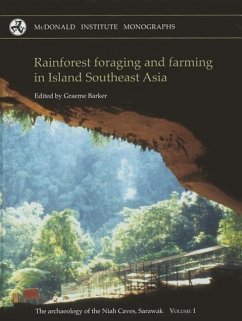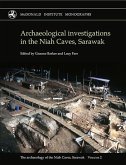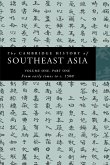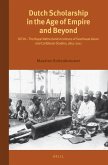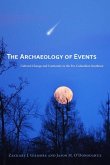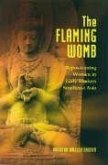The cathedral-like Niah Caves of Sarawak (Borneo) have iconic status in the archaeology of Southeast Asia, because the excavations by Tom and Barbara Harrisson in the 1950s and 1960s revealed the longest sequence of human occupation in the region, from (we now know) 50,000 years ago to the recent past. This book is the first of two volumes describing the results of new work in the caves by a multi-disciplinary team of archaeologists and geographers aimed at clarifying the many questions raised by the earlier work. This first volume is a closely integrated account of how the old and new work combines to provide profound new insights into the prehistory of the region: the strategies developed by our species to live in rainforest from the time of first arrival; how rainforest foragers engaged in forms of ¿vegeculture¿ thousands of years before rice farming; and how rice farming represented profound transformations in the social (and spiritual?) lives of rainforest dwellers far more than being the dietary staple that it is today.

